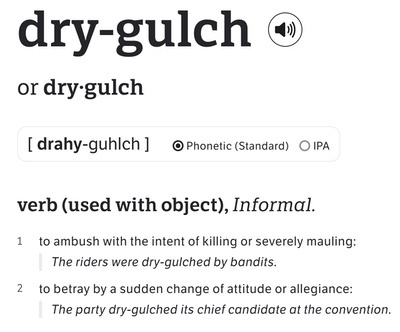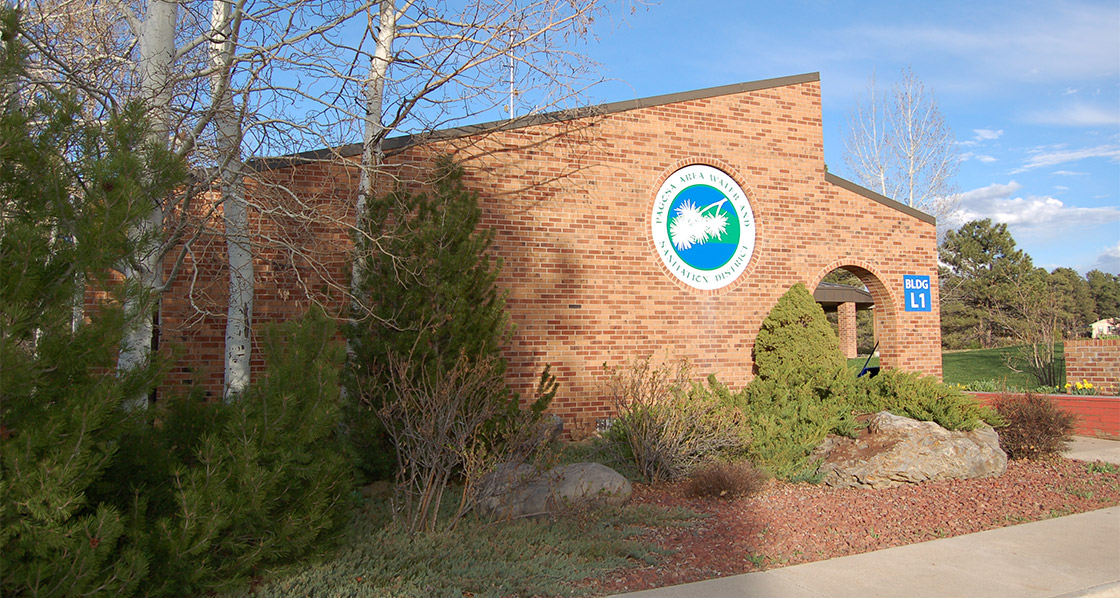This editorial series is going to touch on the problem of truthful communication.
The stories we tell one another contain various levels of honesty. One of those levels, I would refer to as ‘accuracy’.
November tends to be something of a challenge for journalists, following the election. Sure, you can write about the nominees for the President’s cabinet, but other than that, people tend to be getting ready for Thanksgiving and Christmas, and forget to generate interesting, news-worthy events.
So I was somewhat impressed by journalist Josh Pike’s coverage of the ongoing controversy involving the Pagosa Area Water and Sanitation District (PAWSD) and the San Juan Water Conservancy District (SJWCD)… which appeared on Thursday on the front page of the weekly Pagosa Springs SUN… continued to page 8, and then to page 9, and then to page 10.
Almost 3,300 words about the contentious November 14 PAWSD board meeting. An ambitious effort.
That’s roughly equivalent to a three-part editorial in the Daily Post.
Mr. Pike has been writing about water district issues for the Pagosa Springs SUN for about 2 1/2 years, so he’s probably heard more about the conflicts between SJWCD and PAWSD, concerning the proposed Dry Gulch Reservoir and the Running Iron Ranch, than he has wanted to hear.
Based on that experience, Mr. Pike may have formed some opinions about what he heard on November 14… opinions about the accuracy or inaccuracy of the statements offered, for example. As a news reporter, however, Mr. Pike carefully avoided expressing obvious personal opinions in his article. That seems a shame, to write 3,300 words without taking the opportunity to tickle, or offend, at least some of your readers.
Disclosure: I currently serve as a volunteer member of the PAWSD board of directors, but this editorial reflects only my personal opinions and not necessarily the opinions of the PAWSD board or staff.
I read Mr. Pike’s article and found it — speaking as one of the people briefly quoted by him — to be reasonably accurate. Based on that level of accuracy, I assume that Mr. Pike had made an audio recording of the meeting and referred to the recording when writing his story.
The PAWSD staff also made a recording of the meeting. So did I.
Audio recordings made by mechanical devices are generally believed to be more accurate that human memory, partly because the mechanical devices don’t have agendas.
While I found Mr. Pike’s article to be reasonably accurate, it could have been ‘more accurate’ if he had transcribed the entire meeting, word for word, based on the audio recording. A transcription of the November 14 meeting would have been much, much longer than 3,300 words, however.
But even a transcription provides only a shadow of the actual story. Part of human communication is body language, tone of voice, and facial expression, and none of those details appear in a straight transcription. Human communication also involves implied or delineated references to previous events and possible future events — stories about stories. Accurate communication often clarifies such references.
Having read Mr. Pike’s article through, a couple of times, I believe the story would have benefited from more personal observations and clarifications. But I understand the SUN’s editorial policies discourage the inclusion of opinions, and most personal observations.
Mr. Pike didn’t use a lot of exact quotes from the PAWSD board members… as they discussed their disappointment with the recent actions of the SJWCD board in rejecting an interesting purchase offer for the Running Iron Ranch. The offer had included a proposal to assist SJWCD in building the Dry Gulch Reservoir that’s been talked about since 1989.
Nevertheless, the overall tone of Mr. Pike’s story struck me as ‘accurate’. As far as it went.
For example. At the November 14 meeting, my fellow board member Glenn Walsh express his disappointment in the behavior of the SJWCD board, when that board rejected what could have resulted a “win-win-win-win” agreement between the potential purchaser, and SJWCD, and PAWSD, and the Colorado Water Conservation Board (CWCB).

Mr. Walsh wasn’t the only PAWSD board member who expressed disappointment with SJWCD at that meeting. As Mr. Pike reported, the other board members — Jim Smith, Gene Tautges, Alex Boehmer and myself — were “appalled” (to use a term suggested by board member Tautges) by how the potential purchaser had been treated.
The meeting concluded with PAWSD board President Jim Smith allowing public comments from SJWCD board President Candace Jones and SJWCD board Vice President Chuck Riehm, which devolved into a heated debate about which water district best understands the community’s water needs.
That’s perhaps the crux of the problem, as it so often is. People serving on elected or appointed boards typically want to do what’s best for their community, but often don’t have the background to deeply understand the issues involved. Too often, citizen board members, lacking accurate information, are shooting from the hip, while simultaneously defending their political “turf”.
Two years ago, the SJWCD board engaged an out-of-town water engineering firm called Wilson Water Group, purportedly to help SJWCD decide what size reservoir would be most appropriate in the Dry Gulch Valley. The valley is within the Running Iron Ranch, jointly purchased by PAWSD and SJWCD in 2008, with plans for a 32,000 acre-foot reservoir costing an estimated $357 million, to be paid for by PAWSD customers.
SJWCD does not have any customers. Only taxpayers.
The Colorado Supreme Court rejected that water right application, and the water right was later stipulated at 11,000 acre-feet in Dry Gulch.
The Wilson Water Group (WWG) study used some highly imaginative calculations mostly unrelated to historical drinking water demand, to suggest that 11,000 acre-feet might be viewed as an appropriate size, given climate change and increasing demands for recreational water in the San Juan River. SJWCD used the study as justification to set their reservoir goal at 11,000 acre-feet. You can download the WWG study here.
WWG calculated PAWSD drinking water demand in 2050 — 25 years from now — at three levels. Low. Medium. High.
Low: 4,208 AF (acre-feet) per year
Medium: 5,482 AF per year
High: 6,323 AF per year
Numbers can be ‘mathematically accurate’ without being truthful.
Sadly, Wilson Water Group produced these calculations by taking the current PAWSD customers and simply multiplying by a percentage. They made no effort whatsoever, to analyze the historical behavior of PAWSD customers over the past 20 years. If they had done so —ethically — they would have produced completely different estimates.
From the WWG report:
The estimates shown above were not confirmed by PAWSD and are provided only for the District’s use in understanding potential future municipal demand.
Although SJWCD is required by a 2015 three-way agreement with PAWSD and the Colorado Water Conservation Board (CWCB) to consult with PAWSD and CWCB when planning the Dry Gulch Reservoir, the Wilson Water Group study was adopted by SJWCD without any consultation with PAWSD or CWCB.
How much water will our community really need, in the future? And how much do we already have access to?
Because the Wilson Water Group study is pretty much worthless, if you wanted to answer those questions honestly, and ethically.

